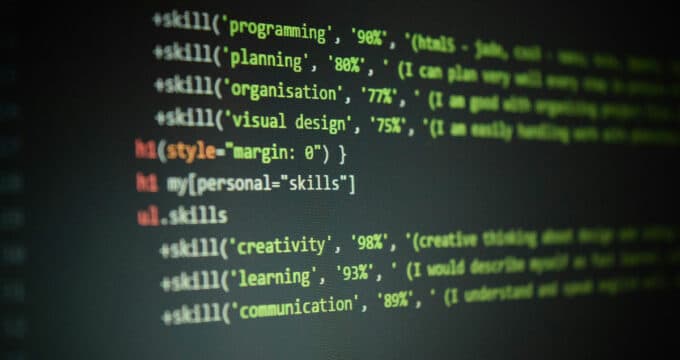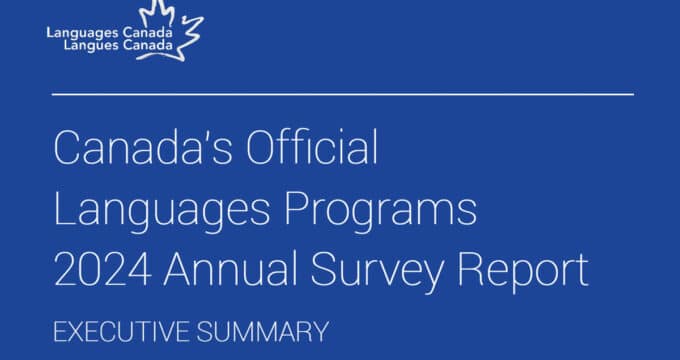Educational reform opens the shutters on Japan
In April, ICEF Monitor reported on several significant measures Japan's education sector has recently taken to open Japanese higher education to the world - see the article "Japan's globalisation efforts blossoming." Subsequent developments confirm this trend towards internationalisation, with Japan introducing a new curriculum, shifting the academic year, and formulating a plan for educational reform backed by the government, academia and industry. All of these modifications, plus previous reforms, suggest that the Japanese commitment to change may be even more substantial than previously outlined.
Japan's schools go international... baccalaureate
To begin, the Swiss organisation that administers the International Baccalaureate (IB) officially granted Japan's education ministry permission to teach the IB in Japanese. The ministry subsequently announced in June that it intends to introduce the IB to 200 Japanese high schools in order to increase the number of Japanese who study abroad. While some parts of the IB curriculum will continue to be taught in English, the ministry decided to petition the IB organisation to allow a Japanese language adaptation because of the challenge a full English-language curriculum can pose to Japanese teachers. Because the IB examination is recognised by many tertiary education systems around the world, those who complete the IB programme can often apply directly to higher education institutions based on their exam results. And since the IB pedagogy balances factual knowledge with intellectual methods such as analysis and critical thinking, students who complete this curriculum are expected to adapt more easily to Western methods of higher education, which reward open enquiry over rote-learning. As such, internationalisation will define education at those 200 schools in which the new curriculum will be taught – a telling sign of Japan's will to embrace globalisation.
Shifting semesters, shifting attitudes
A major inconvenience to anyone who wishes to study or work in Japanese higher education is the discrepancy in enrolment dates. While the wide majority of higher education sectors around the world begin the academic year in September or October, Japanese universities enrol students in April. However, this Japanese idiosyncrasy appears to be nearing the end of its lifetime. As an ageing population produces a steady drop in domestic enrolments, Japanese institutions have become increasingly reliant on foreign enrolments as a source of tuition. Nevertheless, international students still make up only a fraction of the overall student population. For example, at the University of Tokyo – Japan's flagship institution and a leader in internationalisation – only 1.9% of students are foreign, compared to 10% at Harvard University in the US. Eager to increase the influx of foreign students, a large group of leading universities in Japan have begun to demand the adjustment of the academic year to international norms. For industry heavy-weights like Masakazu Goto, senior researcher at the National Institute for Educational Policy Research in Tokyo, this adjustment is mandatory to secure the appeal of Japan's educational sector:
“Bringing international education practices to Japan is aimed to make universities internationally competitive. Japan’s isolation in a globalising world is becoming a problem.”
Following the initial call for change issued by the University of Tokyo in January, several major institutions have announced plans to form working groups that will design and execute the shift in the next five years. The change will create a six month gap between high school graduation and tertiary enrolment; supporters of the plan suggest that students could - and should - use the time to travel abroad and improve language skills or gain valuable internship experience. On the subject of which, a recent survey conducted amongst 476 universities in Japan revealed that 74% of the institutions have certified course credits for job experiences. Large universities have been more willing to certify course credits for such activities: 95% of universities with more than 5,000 students granted credits for job experiences, 73% of them for studying abroad and 41% for volunteer projects. The business sector in Japan appears to be in line with tertiary sector administrators, and even beyond them, the reform plan has encountered widespread and decisive support. Keidanran, Japan's most powerful business association, has expressed its support for autumn enrolments; its members have even volunteered to adapt traditional recruitment practices to accommodate the change. The plan has also won the favour of the ministry of education's higher education section, which used the occasion to warn against complacency over the proposed changes, noting that the demands of today's global education market will require more drastic reform than a shift in enrolment dates.
Laying new foundations
Considering the massive scope and probable impact of the proposed shift in the academic year, the ministry's reserve gives a glimpse of the ambition and zeal to reform which has gripped its higher education section. That zeal appears even more plainly in the ministry's “University Reform Action Plan,” announced in June by Kumiko Bando, the new Director General of Japan's Higher Education Bureau in the Ministry of Education, Culture, Sports, Science and Technology (MEXT). The action plan is part of the ministry's freshly conceived “Second Basic Plan for the Promotion of Education” - a soon-to-be published roadmap for wide-ranging reforms of the Japanese education system; and while the higher education component appears to share the ambition of the wider plan, its focus is distinctively globalist.
Described as a response to “drastic societal changes including the advance towards a borderless world through globalisation, and increased competition by rising developing nations,” the action plan will consist of a series of measures designed to support radical reform of Japan's higher education sector.
The specific purposes described by the ministry include the nurture of globally-minded students and the promotion of internationally-oriented research. In its announcement, the ministry also provides a timeline for implementing the plan, the speed of which gives a real sense of urgency: by 2017, the ministry aims to have policies and procedures in place to secure drastic reform. Though the specific details of these measures are vague, the forceful language of the announcement give the impression that its authors are determined to accomplish decisive change.
Update on Global 30 Plus Programme in Japan
MEXT has also just made an announcement of new funding recipients for Project for Promotion of Global Human Resource Development (Global 30 Plus). While Global 30 is mainly focusing on inbound student mobility (bringing in 300,000 international students by 2020), the new grant (Global 30 Plus) aims to encourage Japanese students to study overseas. More than 160 universities applied for this grant. Each applicant was required to submit a proposal which includes a 5-year plan for 1) the number of students who reach a target in language proficiency, 2) the number of students who receive academic credits through study abroad, and 3) the target number of students who reach criteria of Global HR (self-defined). There are two categories in the G30 Plus application. Type A is for comprehensive university-wide projects and each institution selected will receive 140 to 260 mil JPY (US $1.4 million to $2.5 million) a year depending on the size of the school population. Type B is designed for specific departmental projects, and each institution chosen will receive 120 mil JPY (US $1.2 million) a year. Funding will last five years. The list of selected institutions appears below. For more details, please visit the following website (in Japanese). Type A Universities Hokkaido University Tohoku University Chiba University Ochanomizu University Akita International University International Christchan University Chuo University Waseda University Doshisha University Kwansei Gakuin University Ritsumeikan Asia Pacific University Type B Universities Tsukuba University Saitama University Tokyo Medicam and Dental University Tokyo Insititute of Technology Hitotsubashi University Tokyo University of Marine Science and Technology Niigata University Fukui University Kobe University Tottori University Yamaguchi University Kyushu University Nagasaki University Aichi Prefectural University Yamaguchi Prefectural University The University of Kitakyushu Maebashi Kyouai Gakuen College Kanda University of International Studies Asia University Kyourin University Shibaura Institute of Technology Sophia University Showa Women's University Toyo University Hosei University Showa Women's University Meiji University Soka University Aichi University Kyoto Sangyo University Ritsumeikan University
All sectors aligned
When considering the recent developments in Japanese educational strategy and policy described above, observers will note that all steps – when taken as a whole – appear to form a wider pattern. The introduction of a new curriculum, the shift of the academic year, and the formulation of an audacious plan for educational reform - all of these changes imply a fundamental orientation to openness and internationalism. And in addition to earlier reforms, each of these recent measures aims right at the heart of educational policy and its root and object, Japanese society. If this observation is accurate, it implies an unprecedented commitment to internationalised education shared across Japan's government, academia, and business sector; an attitude that may very well grant Japan a leading position in the international education market of the 21st century.


















